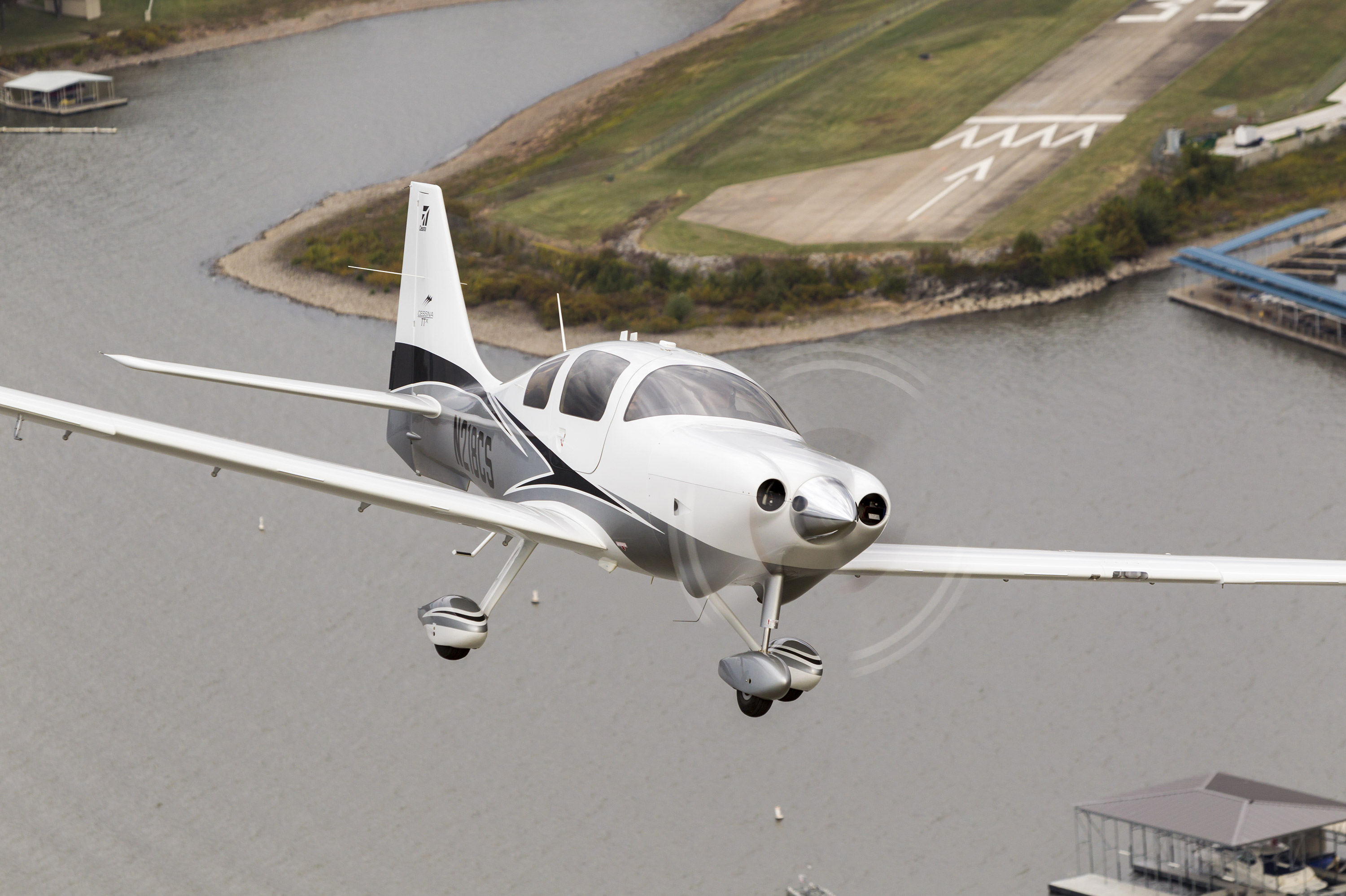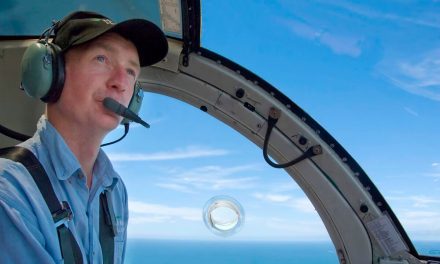Flight following, also known as traffic advisories, is a service offered by ATC for pilots flying under VFR. A simple radio call to the nearest ATC facility will provide traffic advisories as well as information on weather threats ahead. Pilots may also receive suggested headings to avoid both. In spite of these benefits, many pilots still elect to fly without speaking to anyone, foregoing this free service.
I was inspired to share my thoughts on getting flight following by two recent incidents. Both were caused by pilots flying VFR and not talking to ATC.
Had he been receiving flight following, he would have already been in contact with the proper ATC facility, who would have known who he was and where he was going.
Recent Reminders
The first one was a YouTube video entitled “RV10 N783V My First Emergency.” While cruising along VFR at 10,000 feet over New Mexico, and in blissful silence, the instrument-rated pilot inadvertently flew his RV-10 into IMC conditions. Rather than execute a 180-degree turn, he elected to get an IFR clearance and continue to his destination.
Then came the problem of who to call. Denver Center was the obvious choice, but on what frequency? While looking for the proper frequency, he was hand-flying, on instruments, without a clearance to do so. At this point, his stress rose to near-panic levels. After a several tries, he finally found the correct frequency, but now he had to explain to the controller who he was, where he was, and what he wanted to do.
Had he been receiving flight following, he would have already been in contact with the proper ATC facility, who would have known who he was and where he was going. A simple call to ATC to get his IFR clearance would have been a routine and stress-free event.
5 Reasons to Get Flight Following
With these two incidents in mind, let’s discuss why pilots should always get flight following when leaving the vicinity of the departure airport. There are at least five reasons.
1) This is a free service!
A simple call to the nearest ATC facility can dramatically enhance the safety of your flight.
2) Safety is increased.
Let’s discuss how safety is enhanced using operational examples. Let’s say you are cruising along VFR and not receiving flight following from ATC. Without warning, your engine fails. You desperately need to tell someone that you have an emergency and that a forced landing is imminent. Who do you contact?
Even if you know the frequency, you must first enter it in your comm radio, call ATC, tell them who you are, where you are, and that you are about to make a forced landing, all while dealing with a life-threatening emergency. And if you don’t know the ATC frequency, you must enter 7700 in your transponder, tune up 121.5, and announce (in the blind) your situation.
However, if you had been getting flight following, your only task would have been to say, for example, “Mayday! Mayday! Mayday! November 3843 Echo, engine failure!”
If you inadvertently fly toward rising terrain, the controller will get a low-altitude alert on his or her radar screen and warn you of the danger ahead.
3) Reduce Chance of Violating a TFR
Another reason to get flight following is that this service is an insurance policy against violating a TFR or inadvertently penetrating Class C or D airspace. If you are receiving flight following, you are automatically cleared to enter the outer ring of a TFR and to enter Class C or D airspace.
However, there is one circumstance that flight following will not protect you from, and that is flying into Class B airspace. Keep in mind that even if you are receiving flight following and squawking a transponder code issued by the approach controller, unlike Class C and D airspace, you are not automatically cleared to enter Class B.
Prior to entering Class B, you must first request clearance to do so from the same controller who assigned your transponder code and knows who you are, where you are, and where you are going. I know this is counterintuitive, but it’s one of those not-so-well-known rules that if not adhered to, can result in a violation. Prior to crossing the Class B outer ring, simply say to the controller who you are working with, for example, “Arrow 15256 is requesting a Class Bravo clearance.”
4) It’s a Free TCAS Service
Another benefit of getting flight following is that it is a free TCAS service where the controller points out all potential traffic conflicts. Let’s be honest about looking out for traffic. If you are a flight instructor teaching complex maneuvers, such as the chandelle or last 8, or a student learning them, are you also constantly looking out the windows, or at your avionics’ TCAS for traffic?
The honest answer is no, as your attention is focused on teaching or learning a specific maneuver. However, if you are receiving flight following/traffic advisories, conflicts with other airplanes will be brought to your attention, free of charge.
5) Increased Terrain Avoidance
One final benefit of flight following while flying VFR is terrain avoidance, especially at night or in marginal weather. If you inadvertently fly toward rising terrain, the controller will get a low-altitude alert (for terrain clearance) on his or her radar screen and warn you of the danger ahead. Suggested headings away from the terrain ahead may also be provided.
Conclusion
I sincerely hope this tutorial will encourage more pilots to dramatically improve the safety of their flight by making that toll-free call to ATC to request flight following.






